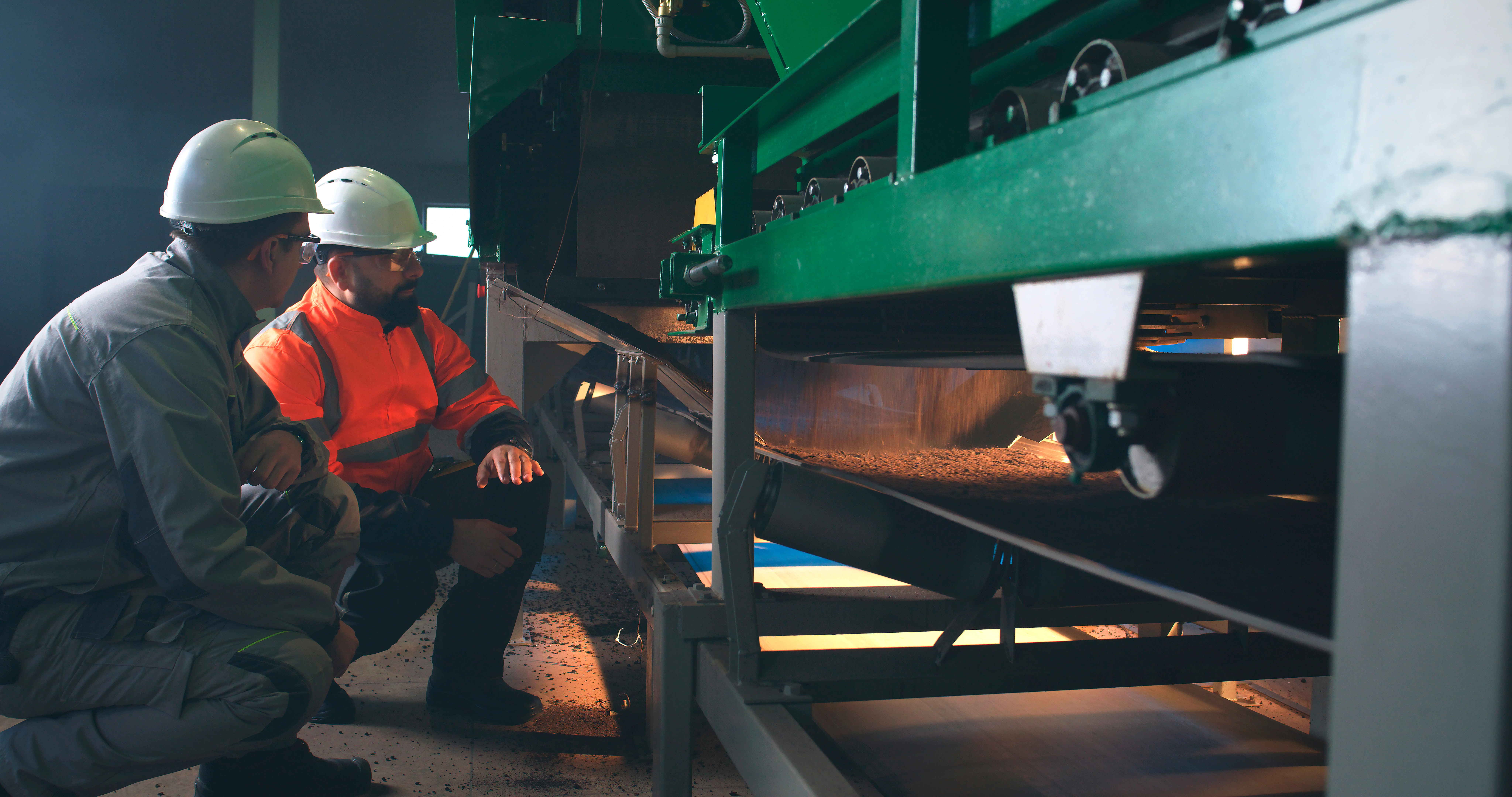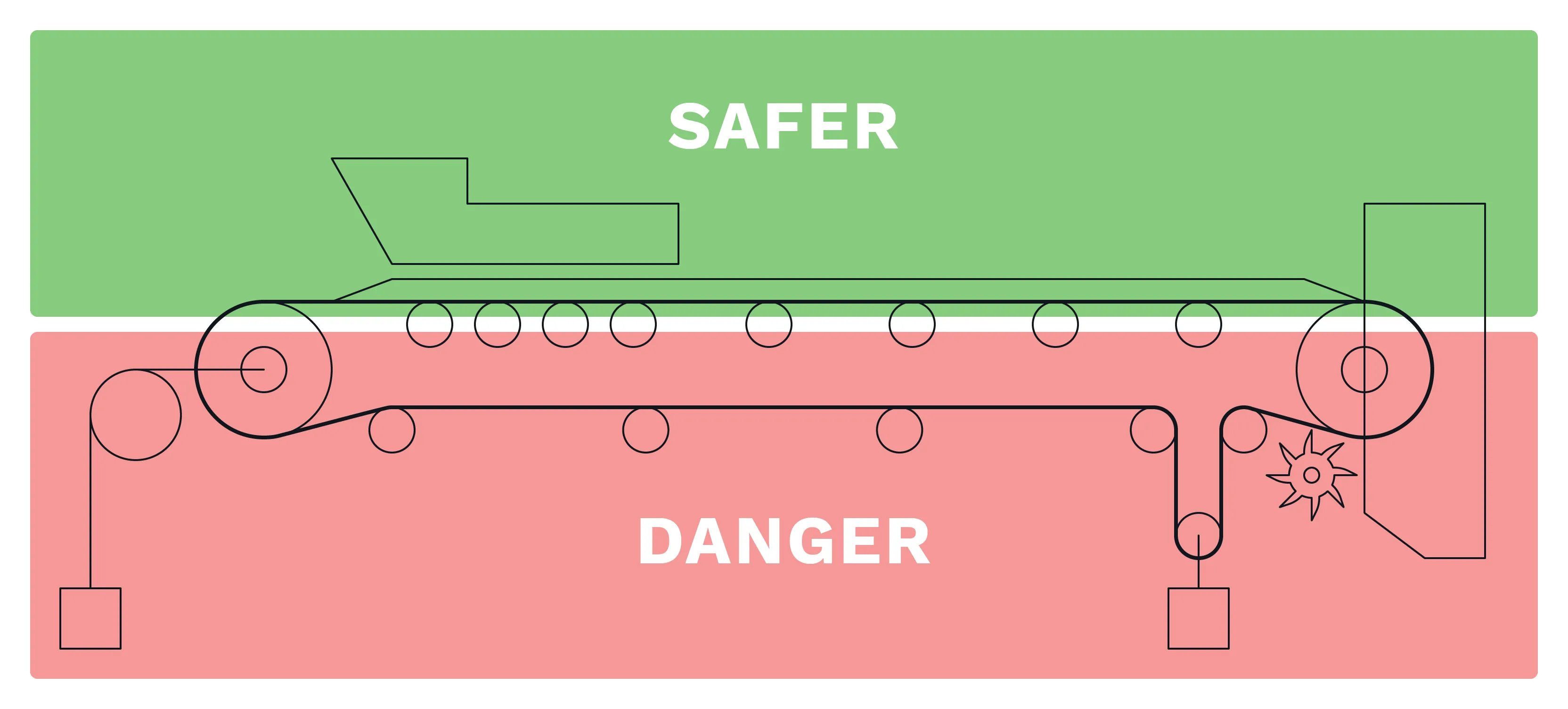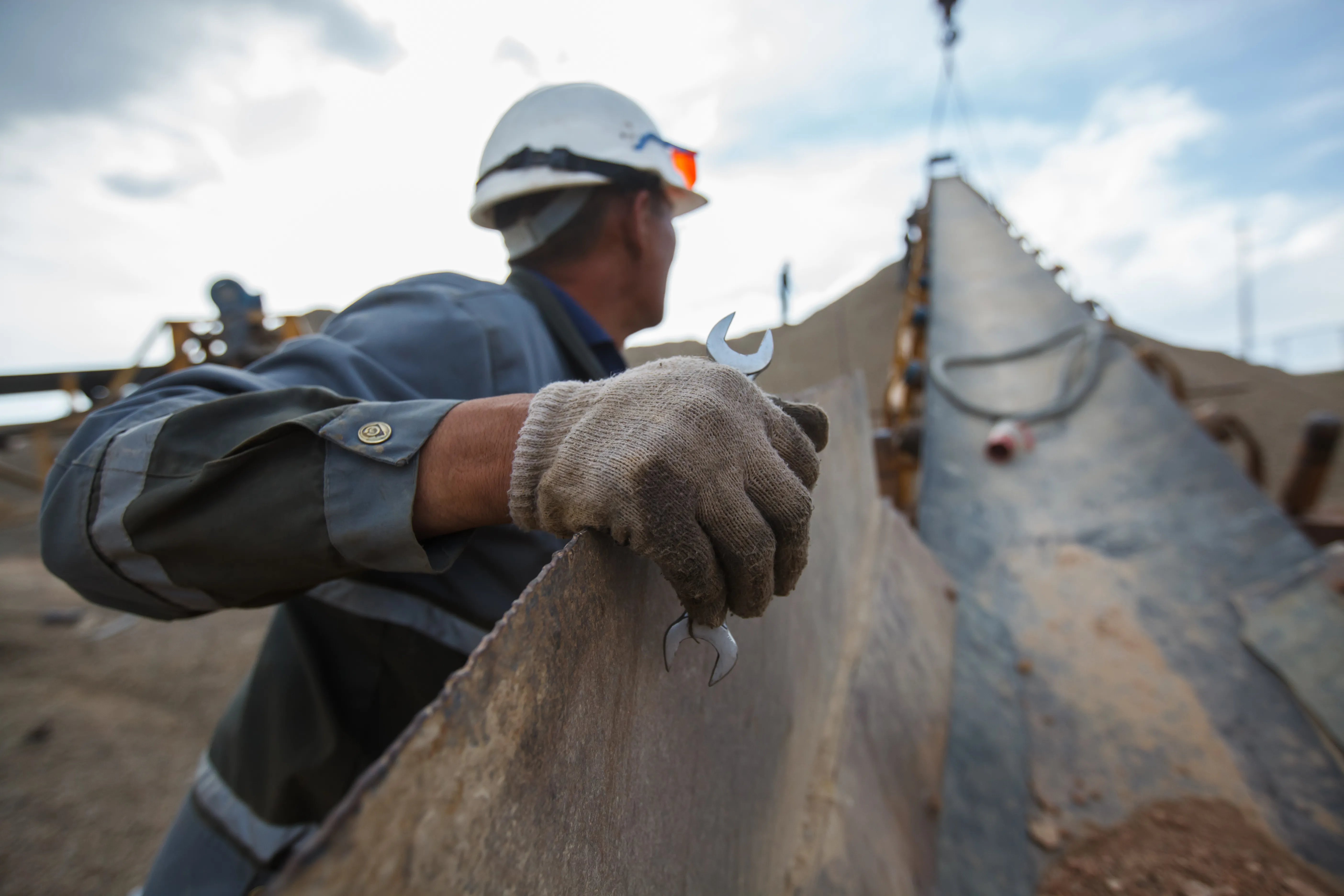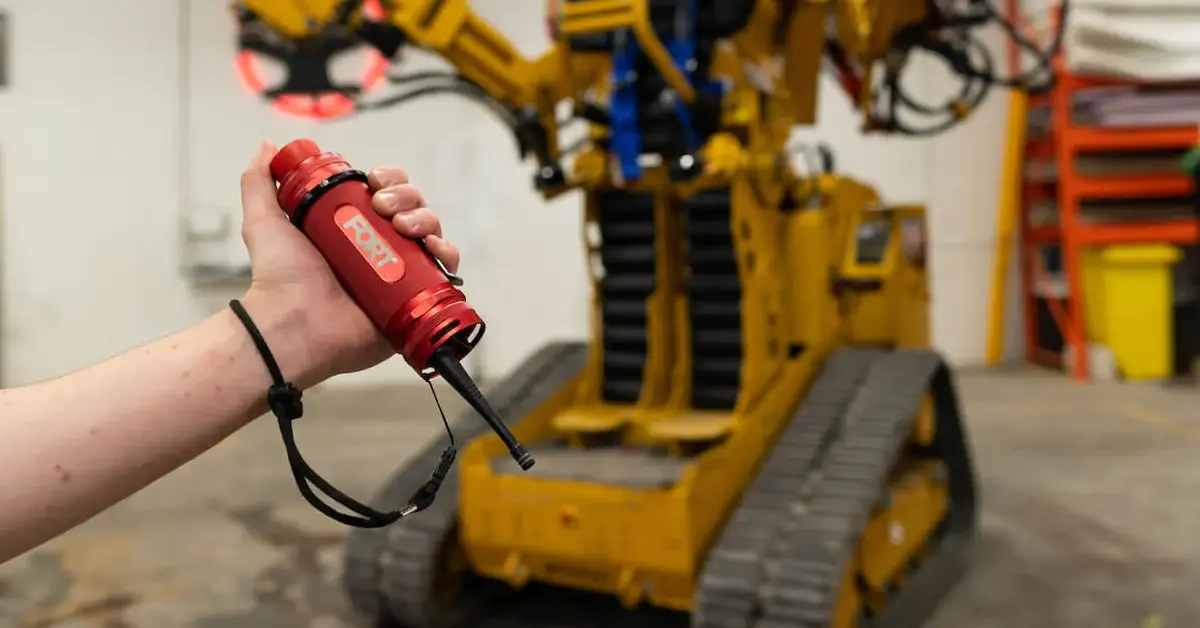Improving Conveyor Belt Safety For Mining Worksites

Mining conveyor belts play a key role in bulk material handling for mining operations, but they can also be dangerous if proper safety precautions are not taken.
Injuries, damages, and downtime caused by unsafe mining worksites can have severe consequences.
In 2020 alone, the Mine Safety and Health Administration (MSHA) reported 29 fatalities in the mining industry in the United States. Additionally, the MSHA reports that the rate of non-fatal injuries in mining was 2.9 per 100 full-time workers in 2020–indicating the importance of ensuring proper safety measures are in place to prevent accidents and injuries in mining operations.
One of the most significant dangers associated with bulk material handling in mining is the use of conveyor belts.
While essential to many large-scale mining operations, conveyor belts are involved in many mining site safety incidents. Conveyor belt accidents often highlight a lack of training, an absence of proper PPE, or a failure to implement the right safety measure to protect the employees who operate, maintain, or work alongside of these belts.
Many of these incidents are avoidable, especially when easy to use, intuitive fail-safes like wireless e-stops are employed, which take little to no training and provide an added layer of safety when other protocols are overlooked or ignored.
Let’s explore the dangers of conveyor belts, how safety protocols on worksites are often overlooked, and some functional safety tools to help prevent accidents.
The Dangers of Mining Conveyor Belts
Conveyor belts are used to move materials from one location to another quickly and efficiently. However, these conveyor belts can be hazardous if not appropriately maintained and operated.
The average speed of conveyor belts used in mining can range from 65 feet per minute (fpm) to 800 fpm, depending on the type of material being transported. These speeds, along with the massive amount of material being transported, make these bulk material handling systems a source of high risk on the worksite.
Fast-moving belts can cause serious injuries, like amputations, if workers get caught in the machinery. In some cases, the injuries can be fatal.
In 2018, a worker was killed in a conveyor belt-related accident at a Pennsylvania quarry site. According to the MSHA accident report, the 29-year-old died as a result of injuries sustained after attempting to clean a moving conveyor belt. Cleaning and maintenance of certain sections of conveyor belts pose more of a threat than others.
Carry idlers and other areas on the lower part of these conveyors could be considered a part of the “danger” zone of a conveyor belt.

The underside of the conveyor belt is particularly hazardous. Due to factors like limited visibility, this area poses a higher risk to personnel.
In 2021, a miner was fatally injured by the return idler of a conveyor belt under a portable crusher while attempting to perform maintenance.
The high risk associated with the bulk material handling process means that proper training, protocols, and equipment are essential for mining operations to ensure the safe and efficient movement of materials from one location to another.
What is Lockout Tagout?
Lockout Tagout (LOTO) is a safety procedure used to protect workers from hazardous energy machinery and equipment, such as conveyor belts.
It involves placing locks and tags on machines to prevent them from being activated while maintenance or repair work is being done. LOTO is essential in conveyor belt safety as it ensures that the machine is fully shut down before any maintenance or repair work is performed, reducing the risk of accidents or injuries.
By implementing LOTO procedures, companies can prioritize the safety of their workers and prevent potential accidents related to conveyor belt operations.
However, while protocols like Lockout Tagout are prevalent on worksites, for one reason or another, workers do not always follow LOTO and other protocols, according to MSHA.
In 2021, one mine operator was fatally injured after he failed to follow lockout tagout procedures. This decision cost him his life after his shirt and safety vest became entangled in the machine.
These types of incidents signal the need for further safety measures like wireless emergency stop capabilities to add an extra layer of protection to worksites. Had the operator had access to an e-stop clipped to his belt or close at hand, this incident may have been avoided.
Preventing Conveyor Belt Accidents
One of the most effective ways to prevent accidents on conveyor belts is to implement proper training and safety protocols for workers. All miners operating and maintaining conveyor belts should receive training on how to use the machinery safely and what to do in an emergency.
Regular maintenance and inspections of conveyor belts are also crucial to ensure their safe operation.
However, conveyor belt maintenance, cleaning, and inspection can pose their own risks.
Maintenance, inspections, and cleaning of conveyor belts are crucial times when workers are often injured due to conveyor belt malfunctions. The risk of an accident increases because personnel visibility where maintenance work can take place is often blocked or restricted.
Utilizing wireless emergency stop systems to immediately stop conveyor belts can help prevent injury during cleaning and inspection while adding another layer of functional safety.
Wireless Emergency Stops (E-Stops) for Mine Site Safety
Wireless emergency stops are a valuable safety feature that can make bulk material handling on conveyor belts in mining safer.
These stops allow workers to shut down the conveyor belt quickly and safely from a distance if an emergency arises. Unlike traditional emergency stops that require physical contact with the machinery, wireless emergency stops can be activated remotely, providing an additional layer of safety if something unexpected occurs.
Wireless emergency stops work by using a wireless signal to communicate with the control system of the conveyor belt. When activated, the control system stops the conveyor belt, preventing further movement of materials. This feature is particularly useful when miners are operating machines at a distance or in hazardous conditions.
Wireless Emergency Stops can be especially useful in situations where personnel may not be able to reach the regular emergency stop buttons while working alone or in low visibility areas.
Using wireless emergency stops can enhance safety and reduce the risk of accidents and injuries at mining worksites.
These stops provide workers with a quick and effective way to shut down the conveyor belt in an emergency, preventing further harm. In a high-stakes application where fatal accidents are a reality, these emergency safety devices can provide an extra layer of safety that may end up saving lives.
For more information on how Wireless E-Stops can help prevent mine accidents, download our Wireless E-Stop data sheet, or click the button below to speak with a FORT Mining specialist.







